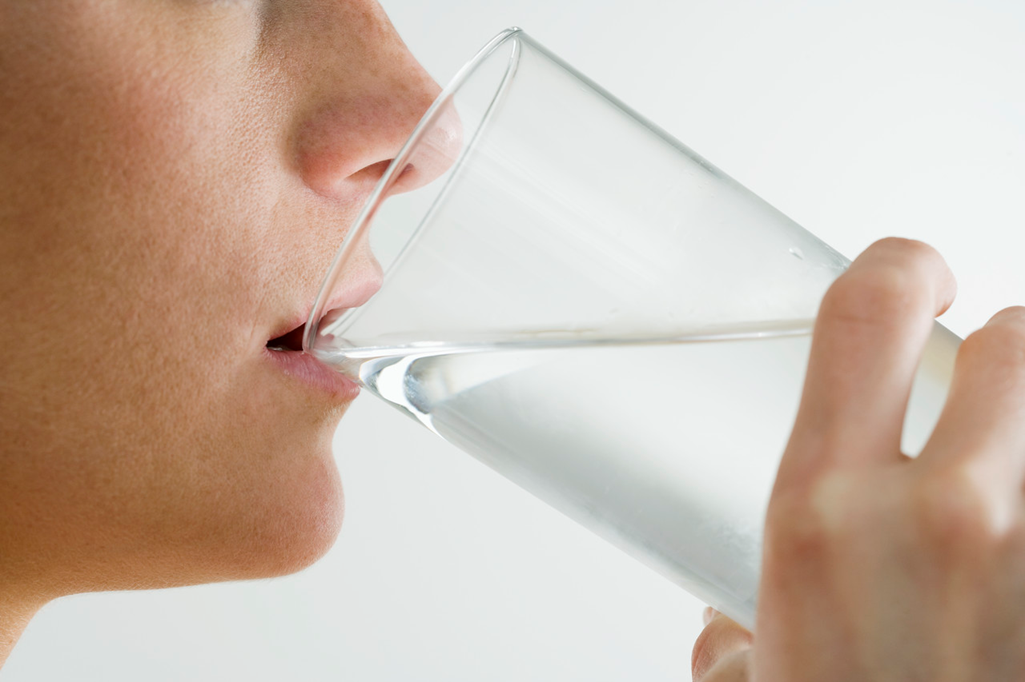Fequently asked questions about myofascial release and massage therapy.
Is there anything I should or shouldn't do before my session?
Try to arrange your schedule so that you are not rushed to make your appointment. This will allow you to be as relaxed as possible right from the start. It is good to avoid eating a large meal for 1 hour before your scheduled session so that you will not be uncomfortable lying down. You may also be most comfortable if you are able to shower before your massage, especially if you have been exercising. Please note that it is against NYS law to provide massage to any one under the influence of any prescribed or non-prescribed intoxicating substance.
Do I have to fill out paperwork?
While massage can greatly benefit many health conditions, some massage techniques are not appropriate to use when certain health conditions are present or certain medications are being used. By filling out a health history form at your first visit with all of your known health conditions (i.e. allergies and heart conditions), I can design a safe and appropriate treatment for your individual needs. Your wellbeing is always the highest priority.
Do I undress for myofascial release treatment?
Myofascial release needs to be performed with the therapist's hands placed directly on the skin but no lotion is used so undergarments or exercise shorts and a tank top are usually worn during treatment. You will have time alone in the treatment room to change and will be covered with a sheet and blanket for warmth. It is best to remove all jewelry possible. NYS guidelines for draping are strictly followed.
Is it OK to talk during treatment?
Sometimes we need communication about pressure or joint movement. If this is not necessary it is fine to be quiet. Talking is OK too, but sometimes conversation keeps us from noticing how things feel in our bodies during a treatment and reduces the impact of the work. The more you become aware of tension you are holding in areas of your body, the more you will be able to let go of unconcious bracing and experience true change in the joints and muscles. Communicating about your comfort, such as positioning and temperature, is always important.
Should myofascial release hurt?
While some techniques may use deeper pressure, painful bodywork can actually be counterproductive. If you feel like you want to flinch, or hold your breath during treatment, then your muscles are contracting, not relaxing and lighter pressure is called for. It is important to communicate about your pain and keep it at a therapeutic level. Even light pressure can sometimes cause mild soreness for 24-48 hours after your session as old holding patterns are released.
Is there anything I should do after my session?
To maximize the benefits of your massage, you should drink extra water following a session to rehydrate your tissue and can also help reduce soreness. Try to take it easy after your treatment as you integrate the work you have received. Gentle movement in the hours after will help your muscles work in a more efficient, balanced way. Stretching and self treatment techniques at home, as suggested, will make your treatment benefits last longer. Lastly, emotions are held in the tissue of the body and may come to the surface during or after a session. If you feel any range of emotion, you should try to allow it to surface and be expressed without judgment until it recedes. This is a very effective way to reduce chronic pain, increase energy and get the maximum results from your bodywork.
Kelly Hochheimer
Licensed Massage Therapist
518-852-6552
khlmt@massagetherapy.com
6 Executive Park Dr., Entrance D
Albany, NY 12203

